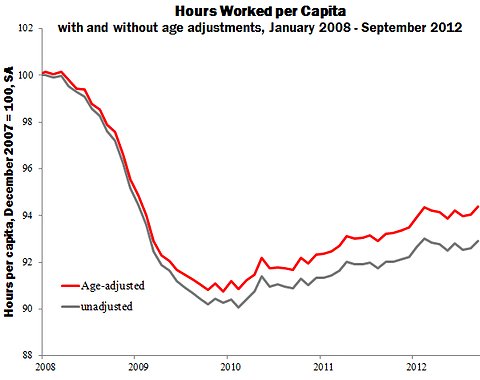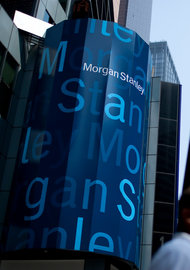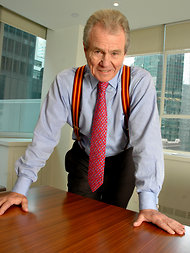But in an indication of the hurdles left to scale, Spain’s unemployment surged to 26 percent in the fourth quarter, a record high since measurements began in the 1970s, as a prolonged recession and deep spending cuts left almost 6 million people out of work at the end of last year.
The manufacturing survey published by Markit supports European Central Bank President Mario Draghi’s assertion that the 17-nation currency union is benefiting from “positive contagion” but still hints at an economic contraction in the first quarter of 2013.
Markit’s Flash Composite Eurozone Purchasing Managers’ Index, which surveys around 5,000 companies and is seen as a good growth indicator, jumped to 48.2 from December’s 47.2, beating expectations for a rise to 47.5.
While the index has now held below the 50 mark that separates growth from contraction in all but one of the last 17 months, Markit said the data suggested conditions in the bloc were improving.
“We shouldn’t get too gloomy about those numbers,” Chris Williamson, a data collator at Markit, said. “There is a turning point that took place towards the end of last year and the beginning of this year so things are picking up. Any downturn is looking likely to end in the first half.”
He added, however, that the manufacturing index was “still consistent” with gross domestic product in the 17-country bloc falling at a quarterly rate of about 0.2 percent to 0.3 percent.
The euro zone economy contracted in the second and third quarters of last year, meeting the technical definition of recession, and the downturn is expected to have deepened in the fourth quarter.
Earlier data from Germany, Europe’s largest economy and the bloc’s growth engine, showed its private sector expanded at its fastest pace in a year.
In neighboring France, data from Markit showed that business activity shrank in January at the fastest pace since the trough of the global financial crisis. The preliminary composite purchasing managers’ index, covering activity in the services and manufacturing sectors combined, came out at 42.7 for the month, slumping from 44.6 in December.
Spain’s unemployment rate rose to 26 percent in the fourth quarter of 2012, or 5.97 million people, the National Statistics Institute said on Thursday, up from 25 percent in the previous quarter and more than double the European Union average.
“We haven’t seen the bottom yet and employment will continue falling in the first quarter,” José Luis Martínez, a strategist with Citigroup, said.
Spain sank into its second recession since 2009 at the end of 2011 after a burst housing bubble left millions of low-skilled laborers out of work and sliding private and business sentiment gutted consumer spending and imports.
Efforts by Prime Minister Mariano Rajoy’s government to control one of the euro zone’s largest deficits through billions of euros of spending cuts and tax increases have fueled general malaise, further hampering demand.
Still, Mr. Draghi of the E.C.B. is taking an optimistic view, declaring earlier this month that the euro zone economy would recover later in 2013 and that there was now a “positive contagion” effect in play.
Europe’s top central banker cited falling bond yields, rising stock markets and historically low volatility as evidence for this, causing several forecasters to ditch expectations for an imminent cut in euro zone interest rates.
Article source: http://www.nytimes.com/2013/01/25/business/global/daily-euro-zone-watch.html?partner=rss&emc=rss




